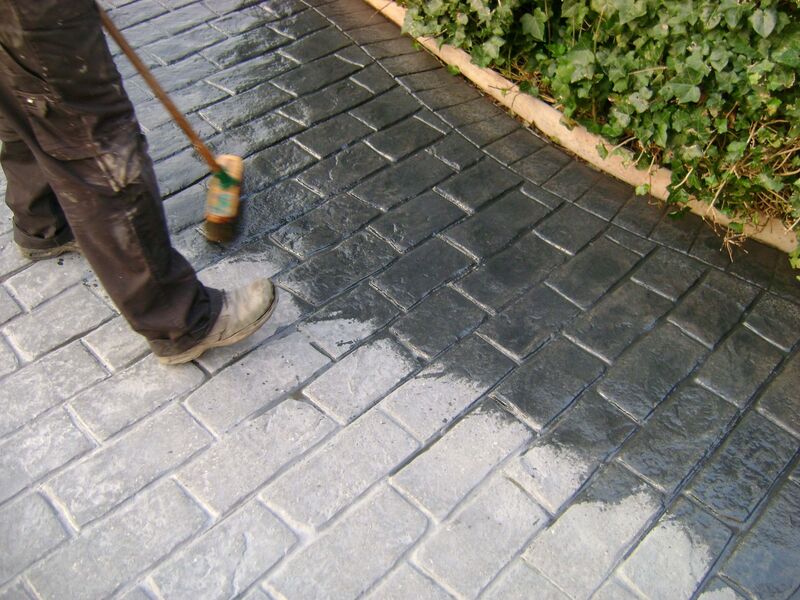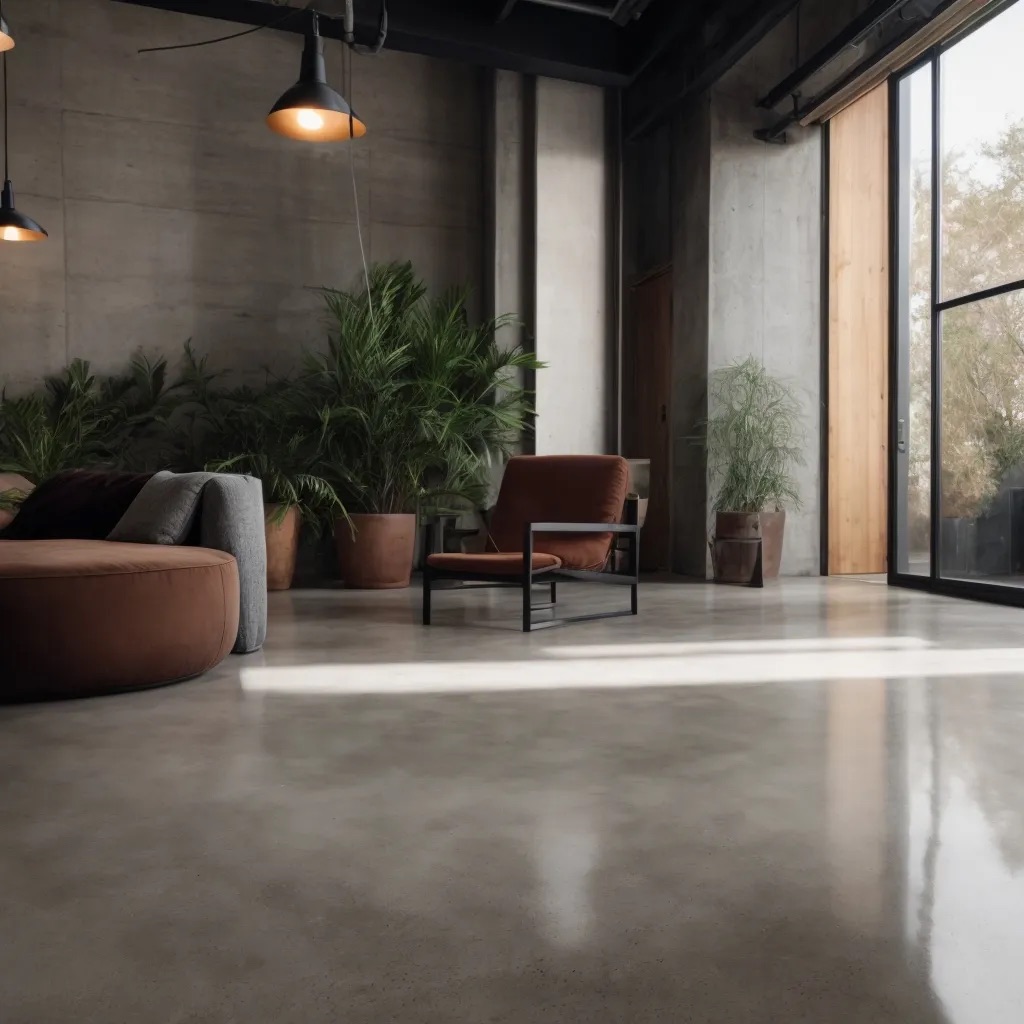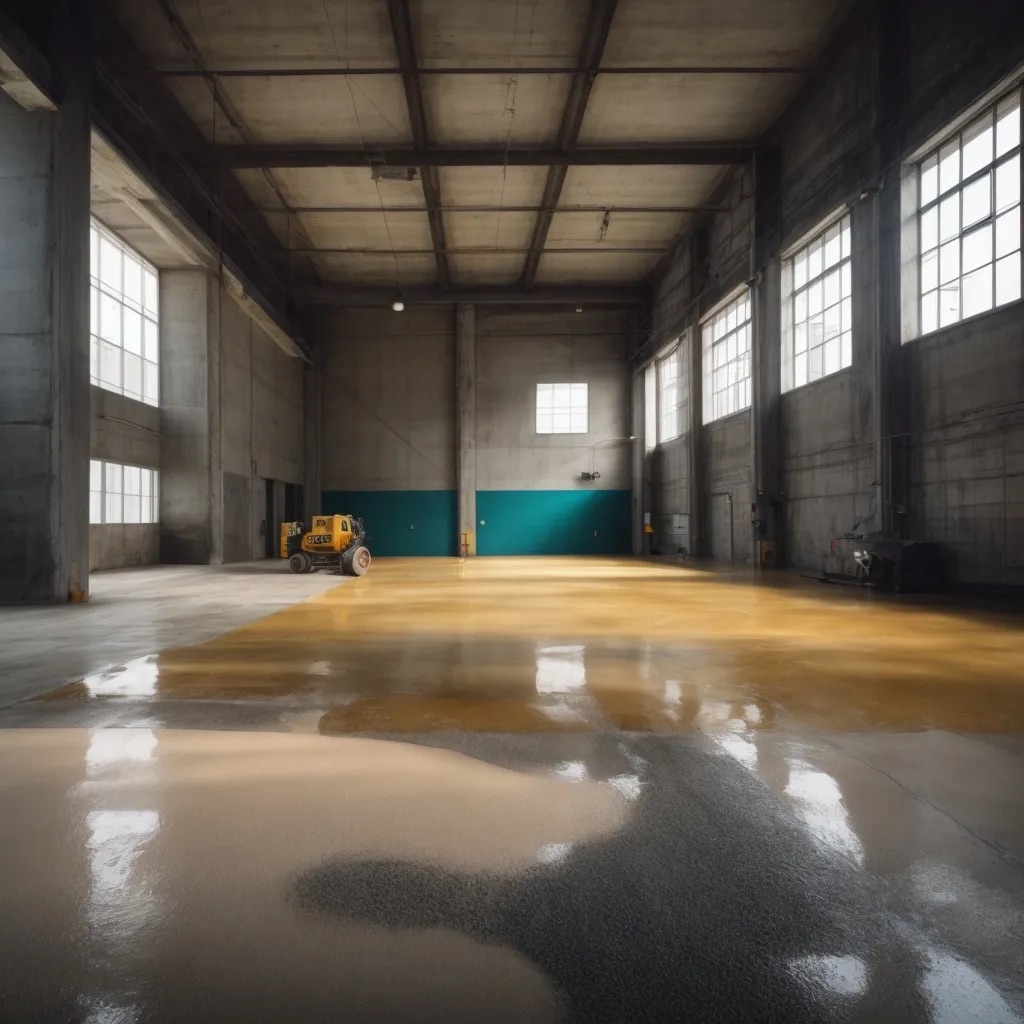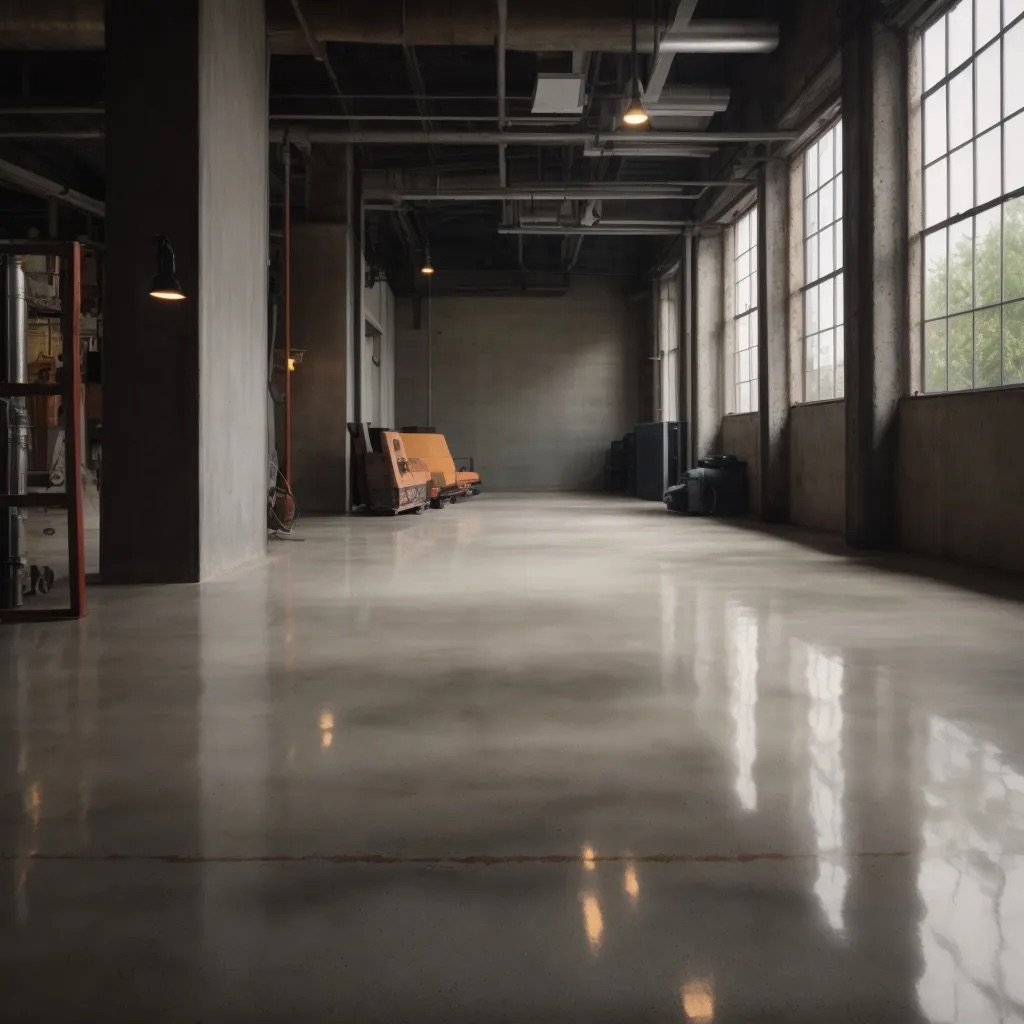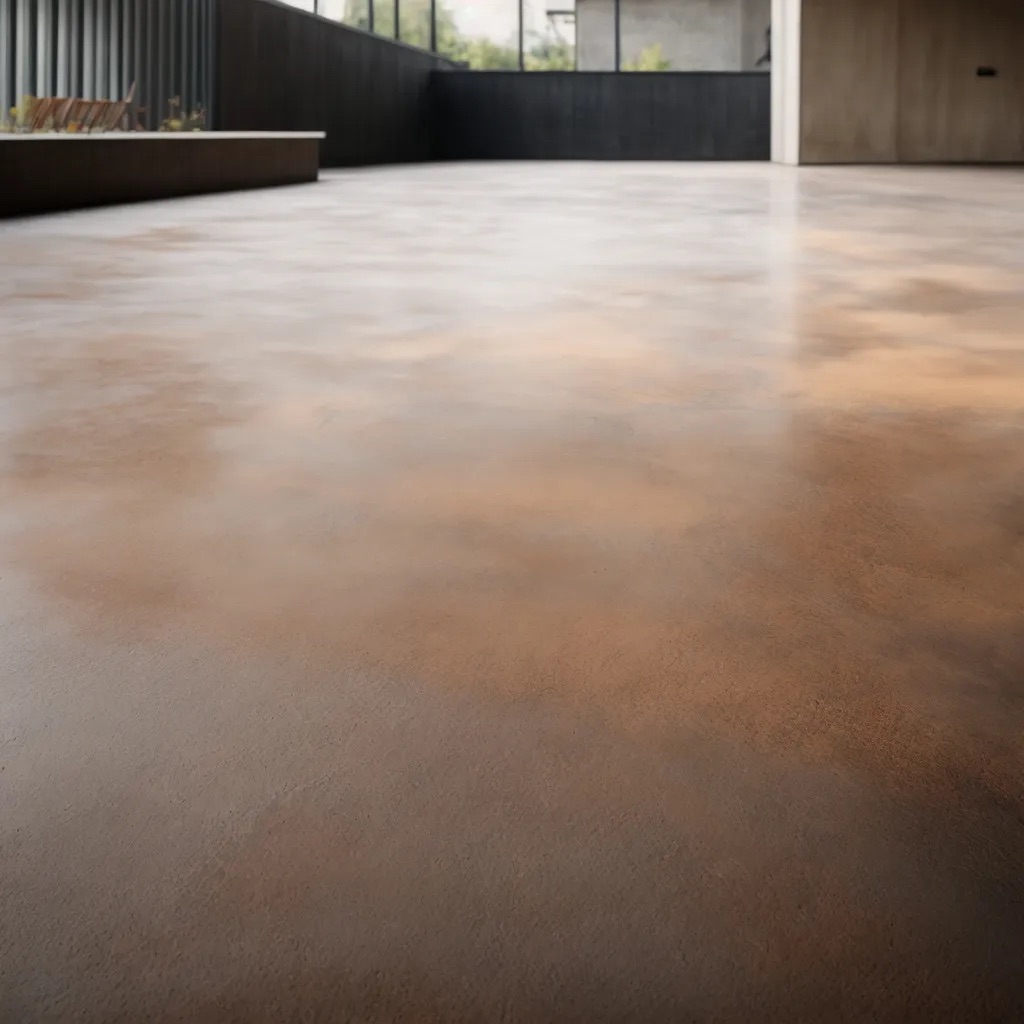Are you tired of your concrete surfaces losing their beauty and durability over time? Look no further! Sealed Concrete Solutions is here to help you protect and preserve the stunning look and long-lasting strength of your concrete.
In this article, we will delve into the importance of sealing concrete surfaces, the different types of sealers available, and the steps you need to take for proper sealing.
With our tips, you can maintain the beauty and durability of your concrete for years to come.
The Importance of Sealing Concrete Surfaces
Sealing concrete surfaces is essential for maintaining their beauty and durability. When you invest in sealing your concrete, you are ensuring its longevity and protecting it from various elements. Sealing creates a protective barrier that prevents water, oil, and other substances from penetrating the surface, reducing the chances of stains and damage. By sealing your concrete, you are taking an important step in preserving its appearance and ensuring its durability for years to come.
Not only does sealing concrete protect it from stains and damage, but it also enhances its beauty. Sealed concrete surfaces have a clean and polished look that adds elegance to any space. Whether it’s your driveway, patio, or indoor flooring, sealing the concrete will make it shine and stand out. The sealant gives the concrete a glossy finish that reflects light, creating a vibrant and welcoming atmosphere. Imagine coming home to a beautifully sealed driveway, where the sunlight dances off its smooth surface, making it feel like a place of belonging.
In addition to its aesthetic benefits, sealing concrete surfaces also provides practical advantages. It helps to prevent cracking and deterioration caused by freeze-thaw cycles, especially in areas with harsh winters. The sealant acts as a protective layer, preventing moisture from seeping into the concrete and causing it to expand and contract. By sealing your concrete, you are ensuring its structural integrity and reducing the need for costly repairs in the future. This not only saves you time and money but also gives you peace of mind, knowing that your concrete is well-protected.
Types of Concrete Sealers and Their Benefits
To truly enhance your concrete’s lifespan, you should consider the various types of sealers available and the benefits they offer. Sealing your concrete not only protects it from damage but also adds to its overall beauty and durability. There are different types of sealers to choose from, each with its own unique advantages.
First, let’s talk about acrylic sealers. These sealers are easy to apply and provide a glossy finish that enhances the color and texture of your concrete. They are also UV-resistant, which means that they won’t fade or yellow over time, keeping your concrete looking fresh and vibrant. Acrylic sealers are a popular choice for both indoor and outdoor concrete surfaces.
Next up are penetrating sealers. These sealers work by penetrating deeply into the concrete, forming a protective barrier against moisture, stains, and chemicals. They are ideal for high-traffic areas, as they are resistant to wear and tear. Penetrating sealers also allow the concrete to breathe, preventing the buildup of moisture and reducing the risk of cracks and damage.
Another option is epoxy sealers. These sealers provide a strong and durable finish that is resistant to chemicals, stains, and abrasions. They are commonly used in industrial settings, but can also be used in residential applications. Epoxy sealers come in a variety of colors and can be customized to match your desired aesthetic.
Lastly, there are polyurethane sealers. These sealers are extremely durable and provide excellent protection against stains, UV rays, and abrasions. They are also resistant to moisture and can be used on both indoor and outdoor surfaces. Polyurethane sealers come in different finishes, including matte and glossy, allowing you to choose the look that best suits your style.
Steps to Properly Seal Concrete for Long-lasting Protection
Now, let’s go over the steps you need to follow in order to properly seal your concrete for long-lasting protection.
Sealing your concrete not only enhances its appearance but also prevents damage from moisture, chemicals, and stains. By following these steps, you can ensure that your sealed concrete will maintain its beauty and durability for years to come.
First, you need to thoroughly clean the concrete surface. Remove any dirt, debris, or oil stains using a pressure washer or a suitable cleaning solution. Scrub the surface with a stiff brush to ensure a clean base for the sealer.
Next, allow the concrete to dry completely. This step is crucial as any moisture trapped beneath the sealer can lead to adhesion issues and premature failure. Give it at least 24-48 hours to dry, depending on the weather conditions.
Once the concrete is dry, apply the sealer using a roller or sprayer. Start from one corner and work your way across the surface, ensuring even coverage. Be sure to follow the manufacturer’s instructions for the recommended number of coats and drying times between each coat.
After applying the sealer, allow it to cure for the recommended time. This step is essential for the sealer to fully bond with the concrete and provide optimal protection. Keep foot traffic and any other activities off the surface during the curing period.
Finally, maintain your sealed concrete by regularly cleaning it and reapplying the sealer as needed. This will help prolong its lifespan and keep it looking its best.
Maintaining Sealed Concrete: Tips for Preserving Its Beauty and Durability
Regularly cleaning and reapplying the sealer will help you maintain the beauty and durability of your sealed concrete. By following these simple steps, you can ensure that your sealed concrete continues to look its best and withstand the test of time.
First, it’s important to establish a regular cleaning routine. Sweeping or vacuuming your sealed concrete on a weekly basis will help prevent dirt and debris from scratching the surface. For more stubborn stains, a gentle scrub with a mild detergent and warm water should do the trick. Avoid using harsh chemicals or abrasive cleaners, as these can damage the sealer.
In addition to regular cleaning, it’s crucial to reapply the sealer every few years. Over time, the sealer can wear away, leaving your concrete vulnerable to stains and damage. By resealing, you can restore the protective barrier and enhance the appearance of your sealed concrete.
Another key aspect of maintaining sealed concrete is addressing any cracks or chips promptly. These can not only detract from the beauty of your concrete but also compromise its durability. Use a concrete repair kit to fill in any cracks or chips, ensuring that they are properly sealed and preventing further damage.
Finally, consider using a protective wax or polish to further enhance the beauty and durability of your sealed concrete. These products can provide an extra layer of protection, making your concrete easier to clean and resistant to stains.
Key Takeaways:
- Sealing concrete surfaces is vital for preserving their beauty and durability.
- Choosing the right type of sealer and following proper sealing steps is crucial for long-lasting protection.
- Regular maintenance, including cleaning and resealing as needed, is essential to maintain the sealed concrete’s appearance and strength.
- Proper sealing and maintenance ensure you can enjoy the benefits of sealed concrete for an extended period.

